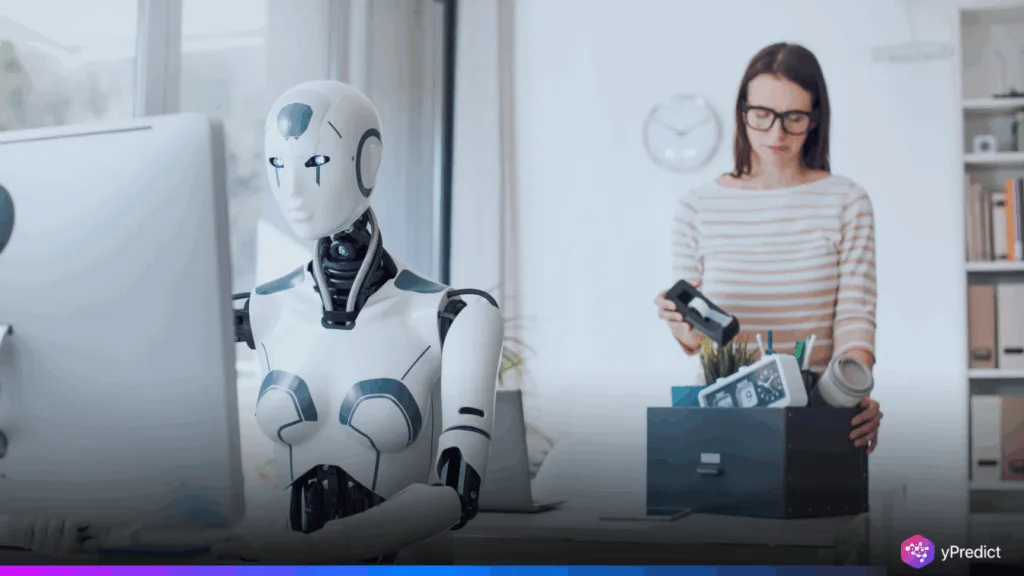
A growing number of analysts are asking whether AI could be saving companies that were once seen as too inefficient to survive. With tools like generative AI now able to perform complex tasks, from customer support to financial modeling, some previously unprofitable businesses may be seeing a turnaround. Entrepreneur Codie Sanchez recently questioned if “AI employees” are making unattractive businesses suddenly viable. Her post reflects a rising curiosity: Are these digital workers quietly transforming the economics of struggling industries? While evidence is still emerging, early signs suggest AI may be helping businesses lower costs, boost efficiency, and tap into new profit streams.
Automated Labor and the Promise of AI-Driven Turnarounds
AI is transforming operational economics by serving as a scalable workforce that never slumbers. Companies can use these so-called AI workers at a significantly lower cost compared to the price of human labor to draft emails, analyze financial trends, etc. This is already producing results in the high-tech, banking, and store industries.
According to McKinsey, generative AI could add $2.6 to $4.4 trillion to global profits annually. In banking alone, “AI employees” are driving up to $340 billion in value by automating risk analysis and personal finance guidance. Similarly, retail chains are using AI to streamline supply chains and generate product recommendations, slashing overhead.
Surveys support the shift. NewVantage Partners found that 92% of firms reported returns on AI investments in 2022, up from 48% in 2017. Deloitte and IBM reports show widespread automation adoption, especially for task-heavy roles. Companies that were once weighed down by labor costs are now seeing new life with AI employees replacing or assisting expensive teams. While concrete turnaround case studies remain rare, the trend points toward AI employees becoming silent profit engines for previously unprofitable firms. They may not have job titles, but their impact on bottom lines is increasingly hard to ignore.
Mixed Outcomes: From Hype to Hard Profit Margins
Despite high expectations, not all AI implementations lead to profitability. Big Tech itself has struggled to make AI profitable, with companies like Google and Meta spending billions while returns remain limited. A 2024 CNN Business report noted investor skepticism over AI’s profit margins, while Ars Technica highlighted ongoing infrastructure costs that often outweigh gains.
This gap between hype and financial reality is also seen in Codie Sanchez’s comment thread, where some argue AI-driven automation could lead to pricing compression. As more companies adopt similar AI employees, the advantage may shrink. Additionally, integrating AI into legacy systems often requires costly overhauls and significant training data, delaying ROI.
Nevertheless, it is increasingly believed that AI employees will contribute to long-term strategy. Tech empowers small businesses because tools previously used by major companies are now open to small businesses; automation can take place without significant overhead to the company. The trick is intelligent implementation; companies that intelligently apply AI to free themselves of inefficient working processes or develop new revenue models have a better chance of gaining access.
The idea that AI will cause sustainable turnarounds is not all about the technology, but it is all about the leadership and integration and how to scale effectively. These, without the wisest AI employee, can accomplish so much.
AI Employees Are Rewriting the Business Playbook
AI is proving to be more than just a tool; it’s becoming a strategic asset. For companies once held back by cost-heavy operations or thin margins, AI employees offer a reset button. They don’t get tired, don’t take breaks, and increasingly don’t need deep human oversight to produce value. Though not every implementation will be a success, the early data points to a future where AI employees help formerly unprofitable companies thrive. As businesses refine how they deploy AI, we may see a reclassification of what’s “worth saving,” because with the right digital workforce, even low-margin companies can win.






